The Gift of South Dakota
Subscriptions to South Dakota Magazine make great gifts!
Subscribe today — 1 year (6 issues) is just $29!
Winter is for the Birds
Jan 28, 2014
A friend of mine recently shared a link to a bird photographer’s exquisite work capturing small songbirds in flight. The message was accompanied by a good-natured challenge to start producing similar images of my own. I’m always up for a challenge. The problem, I soon discovered, is that getting a good photo of wild birds in nature is extremely hard … not to mention predicting where and when said bird will take flight. What I’m trying to say is that I’ve failed miserably in this particular challenge … so far.
With that confession on the table, I figured I’d share some tips (and photos, both good and bad) that I picked up along the way. Now I’m not much more than a greenhorn birder myself, but I do have a starting suggestion. Find the nearest winter bird feeder and camp out nearby. Last year I had good luck at the Sioux Falls Outdoor Campus during a steady morning snowfall. This year I tried the bird feeders at Farm Island State Park near Pierre and at the entrance to Good Earth State Park southeast of Sioux Falls. These feeders allow you to get fairly close as long as you stay still and are willing to wait for the birds to return after initially disturbing them. This wait can take anywhere from five to 15 minutes. At Good Earth, I chose to sit cross-legged on the ground next to an evergreen as I waited. Soon I had juncos hopping a few feet away and a downy woodpecker nearly ran into my head. I sat so still for so long that my leg fell asleep. Good thing no one was around. Standing up was accompanied by numerous mutterings and murmurs.
I read that Farm Island is home to northern saw-whet owls, so after spending some time at the feeder missing shots of flying finches (those things can move!), I searched for a couple of known saw-whet roosts reported on a birding website. I failed to find them as well. My guess is that the high water a few years back may have re-arranged a lot of things on the island (but in reality, being a rookie birder didn’t help much either). I did, however, have a fun game of hide and seek with a noisy northern cardinal male for about a half hour along the trail. I must have been near its nest when I saw a flash of red and heard the telltale metallic chirp. Long story short, he let me get the closest I’ve ever been to a cardinal, with one stipulation: he put as many branches and twigs of his favorite tree between the two of us at all times.
I really like owls, and earlier in the month I accidentally scared a great horned out of an abandoned church. He flew to the tree windbreak nearby and, like the cardinal, kept the densest part of the tree between him and me. I saw a long-eared owl for the first time in my life while checking out the swans of LaCreek National Wildlife Refuge in Bennett County. He was sunning himself in the early morning light and I happened to notice his outline from at least a quarter mile away. I didn’t get a great shot of him from that distance, but it made the day worthwhile.
The last tip I have is to use your ears. The best tool for locating a bird while out and about is hearing them. I’ve still got work to do on this one. Just last weekend, as I sat quietly along Sergeant Creek at Newton Hills State Park, I could pick out cardinal, chickadee and at least two other unknown songs amongst the steady drumming of woodpeckers and the brazen calls of blue jays. The only birds I could actually see were two bald eagles soaring high above the distant Big Sioux River. Experiences like this make birding addicting. I know they are out there, I know they make great photos, and I know it is a challenge to put it all together and get the unique shot. I wouldn’t have it any other way.
Christian Begeman grew up in Isabel and now lives in Sioux Falls. When he's not working at Midcontinent Communications he is often on the road photographing our prettiest spots around the state. Follow Begeman on his blog.


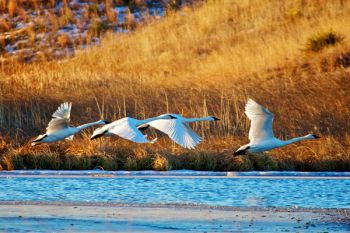
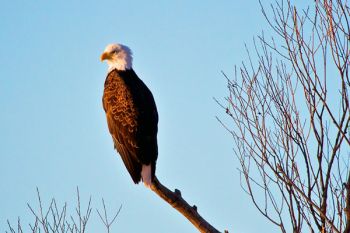
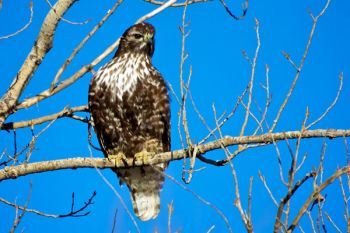
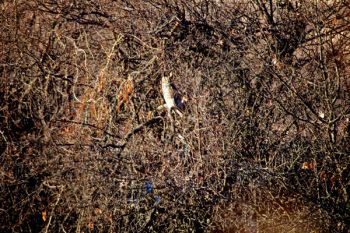
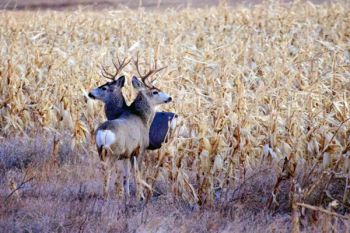
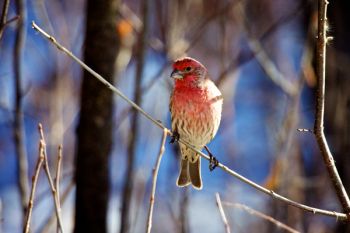
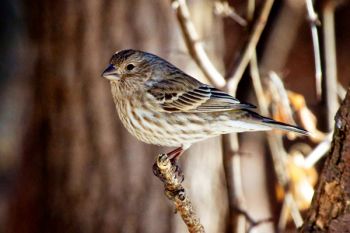
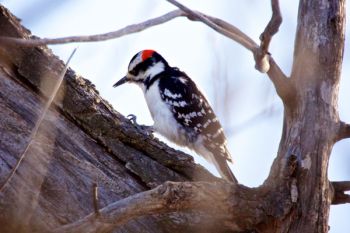
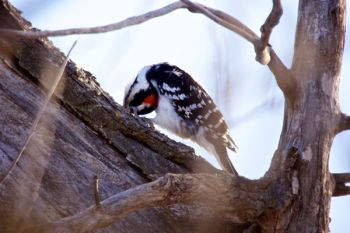
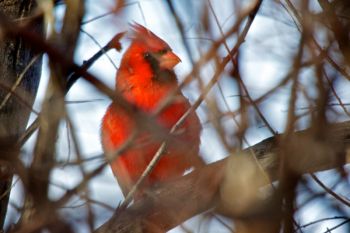
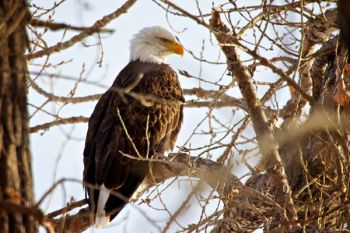
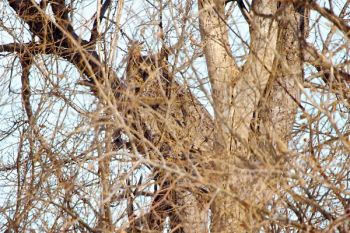
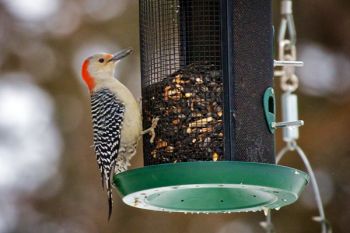
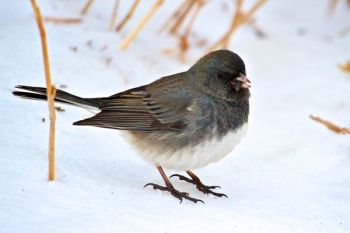
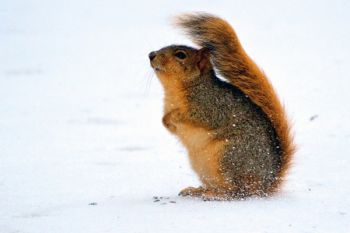
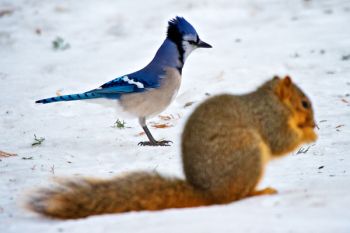
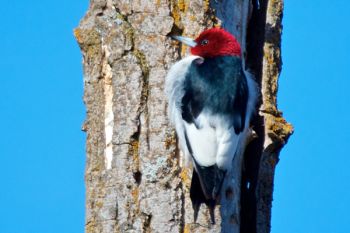
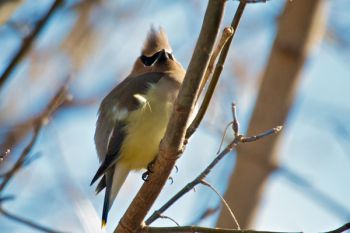
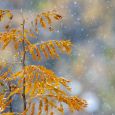
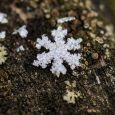
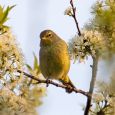
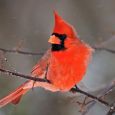

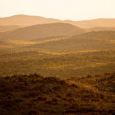


Comments